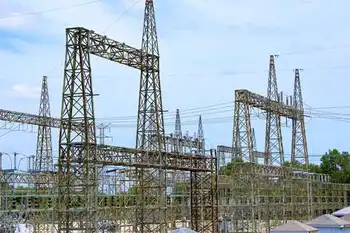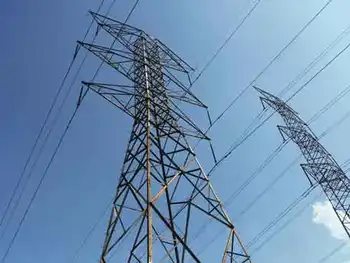OPA Officially Files Proposed 20-Year Plan
By Electricity Forum
Substation Relay Protection Training
Our customized live online or in‑person group training can be delivered to your staff at your location.

- Live Online
- 12 hours Instructor-led
- Group Training Available
Designed to ensure a reliable, adequate and sustainable long-term electricity supply for the province, the 4,000-page submission — two years in the making — is a roadmap for achieving:
• One of the most ambitious electricity conservation efforts in North America,
• A doubling of the amount of renewable energy on the grid by 2025,
• The phase-out of coal-fired generation by the end of 2014,
• The refurbishment or replacement of the province’s baseload nuclear capacity,
• Transmission upgrades to achieve the policy and operational objectives of the Plan.
Described as an action plan with a 20-year outlook, the Integrated Power System Plan (IPSP) will be updated every three years, providing an opportunity to adapt to the evolving demand for electricity and opportunities or new technologies.
During the development of the proposed plan, the OPA received over 161 written submissions and heard the views of over 2,200 Ontarians. The Ontario Energy Board regulatory hearings — designed to evaluate the IPSP’s adherence to government policy direction and its economic prudence — will provide additional opportunities for public input.
“While this plan is the product of extensive consultations and planning expert advice, it has truly benefited from the insights of Ontarians from across the province,” says Amir Shalaby, OPA Vice President, Power System Planning.
“For two years we have attempted to build a shared understanding of our electricity challenges and options. The Plan, and the OEB review and approval process, will help Ontario define its choices further.”
Prudence and flexibility were two key planning principles, according to Shalaby. “The plan must be founded on prudence — cost effectiveness and feasibility of options. It must also have flexibility — the ability to respond and adapt to what actually happens and changes in our assessment of the future.”
The planÂ’s estimated 20-year, $60-billion capital cost will be directed toward conservation initiatives, new renewable generation, natural gas distributed generation, nuclear generation and the transmission capacity required to deliver the electricity to Ontario consumers.
While the investments contemplated in the plan will result in some real price increase in the cost of electricity, anyone actively practising conservation could see their actual electricity bills decline.
The entire IPSP will be available for downloading by visiting www.powerauthority.on.ca.











